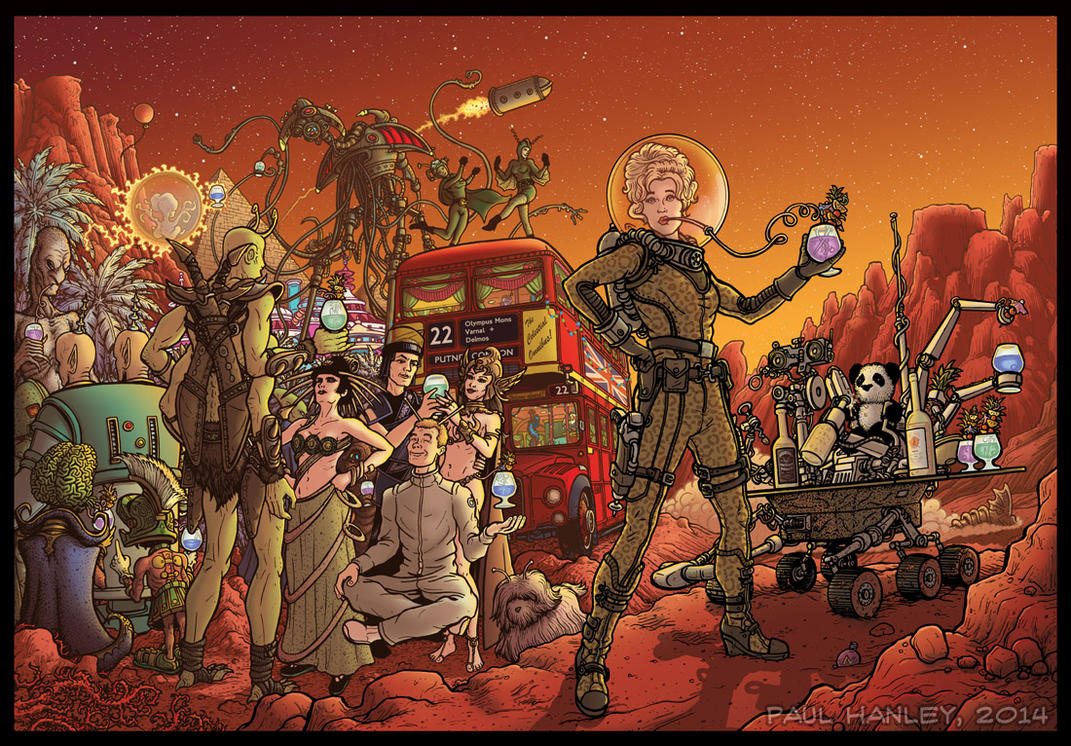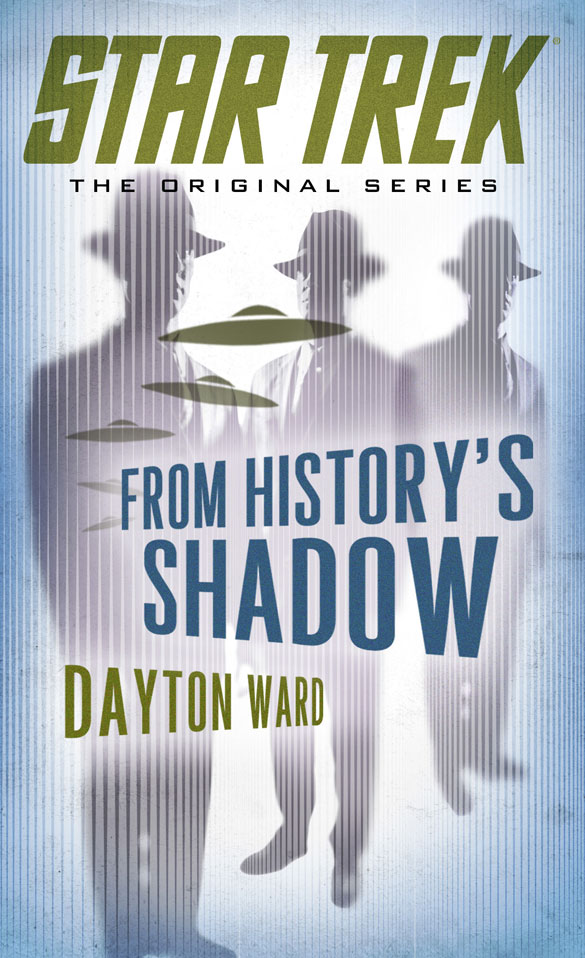In other news, Fox have announced their cast for the Fantastic Four reboot, and my previous speculation was miles out (and so it should be). The Hollywood Reporter broke the news a few days ago, but I've been busy.
This is a link.
The least surprising news, in that rumours were surfacing some time ago regarding his involvement, is Michael Jordan as the Human Torch. Naturally, this has caused a huge backlash - well, about half a dozen upset internetters - because Jordan is black. So what? I love colour-blind casting. It can't work for every role, of course, but there is absolutely nothing in the story which precludes the Human Torch being a man of colour. For his part, Jordan has handled the naysayers well, saying that while they might not want a black Torch, "They'll see it anyway." I think it's a great step forward, casting someone for their talent and suitability for a role regardless of their colour.
Back in my previous article, I mentioned how disappointing it was that Fox initially cast Jessica Alba, a Hispanic actress, as Sue Storm, but then made her up with blonde hair and blue contacts. So close. The new Invisible Girl will be played by Kate Mara. I'm not familiar with her work, but she's been lauded for her roles in House of Cards and American Horror Story, two series I am under orders to watch.
Miles Teller is another new one on me, but a quick scout round reveals that he is clearly an actor to watch. It's a good sign, I feel, that fox are more interested in getting up-coming talent than big-name stars. He's got a rather boyish, but intelligent look to him, and I can see him as a young Reed Richards.
The surprising one is Jamie Bell as Ben Grimm/The Thing. He's still best known as Billy Elliott, but he's come a long way since his admittedly fine performance back then. He's quite an intense young actor, and could bring something very interesting to the role. Not who I'd have thought of for the Thing at all, but an interesting choice.
Apparently, Teller is not yet secured, due to his busy schedule and being in such high demand, and with Fox fast-tracking the development of the movie for release next summer, this may necessitate a re-cast. Still, it's an interesting cast, not what anyone would have predicted for the film. Along with the choice of Chronicle's Josh Trank as director, this indicates an interesting, more contemporary direction for the reboot. There has been some discussion regarding the ages of the cast, but they're not especially young. They're all in their late twenties, except for Mara, who is soon to turn thirty-one. Of course, young actors often play even younger characters, so we might see a late teens/early twenties version of the Four. Given that many of the Marvel movies have taken hints from the Ultimate universe storylines, I wouldn't be surprised at Fox going in this direction and having younger versions of the characters as in Ultimate Fantastic Four.
There's still a lot we don't know, of course. Is there to be a Doctor Doom casting announcement coming up, or will Fox pick a new villain for their third FF movie? What is the relationship between Mara's and Jordan's characters going to be, since it's not feasible that they could be playing full-blooded siblings? How will the Thing be realised on screen? How will they receive their powers - in a spaceship bathed in cosmic rays, in a UFF inspired teleporter accident, or in something else entirely? There could be some interesting developments in this movie.
This is a link.
The least surprising news, in that rumours were surfacing some time ago regarding his involvement, is Michael Jordan as the Human Torch. Naturally, this has caused a huge backlash - well, about half a dozen upset internetters - because Jordan is black. So what? I love colour-blind casting. It can't work for every role, of course, but there is absolutely nothing in the story which precludes the Human Torch being a man of colour. For his part, Jordan has handled the naysayers well, saying that while they might not want a black Torch, "They'll see it anyway." I think it's a great step forward, casting someone for their talent and suitability for a role regardless of their colour.
Back in my previous article, I mentioned how disappointing it was that Fox initially cast Jessica Alba, a Hispanic actress, as Sue Storm, but then made her up with blonde hair and blue contacts. So close. The new Invisible Girl will be played by Kate Mara. I'm not familiar with her work, but she's been lauded for her roles in House of Cards and American Horror Story, two series I am under orders to watch.
Miles Teller is another new one on me, but a quick scout round reveals that he is clearly an actor to watch. It's a good sign, I feel, that fox are more interested in getting up-coming talent than big-name stars. He's got a rather boyish, but intelligent look to him, and I can see him as a young Reed Richards.
The surprising one is Jamie Bell as Ben Grimm/The Thing. He's still best known as Billy Elliott, but he's come a long way since his admittedly fine performance back then. He's quite an intense young actor, and could bring something very interesting to the role. Not who I'd have thought of for the Thing at all, but an interesting choice.
Apparently, Teller is not yet secured, due to his busy schedule and being in such high demand, and with Fox fast-tracking the development of the movie for release next summer, this may necessitate a re-cast. Still, it's an interesting cast, not what anyone would have predicted for the film. Along with the choice of Chronicle's Josh Trank as director, this indicates an interesting, more contemporary direction for the reboot. There has been some discussion regarding the ages of the cast, but they're not especially young. They're all in their late twenties, except for Mara, who is soon to turn thirty-one. Of course, young actors often play even younger characters, so we might see a late teens/early twenties version of the Four. Given that many of the Marvel movies have taken hints from the Ultimate universe storylines, I wouldn't be surprised at Fox going in this direction and having younger versions of the characters as in Ultimate Fantastic Four.
There's still a lot we don't know, of course. Is there to be a Doctor Doom casting announcement coming up, or will Fox pick a new villain for their third FF movie? What is the relationship between Mara's and Jordan's characters going to be, since it's not feasible that they could be playing full-blooded siblings? How will the Thing be realised on screen? How will they receive their powers - in a spaceship bathed in cosmic rays, in a UFF inspired teleporter accident, or in something else entirely? There could be some interesting developments in this movie.














.jpg)



